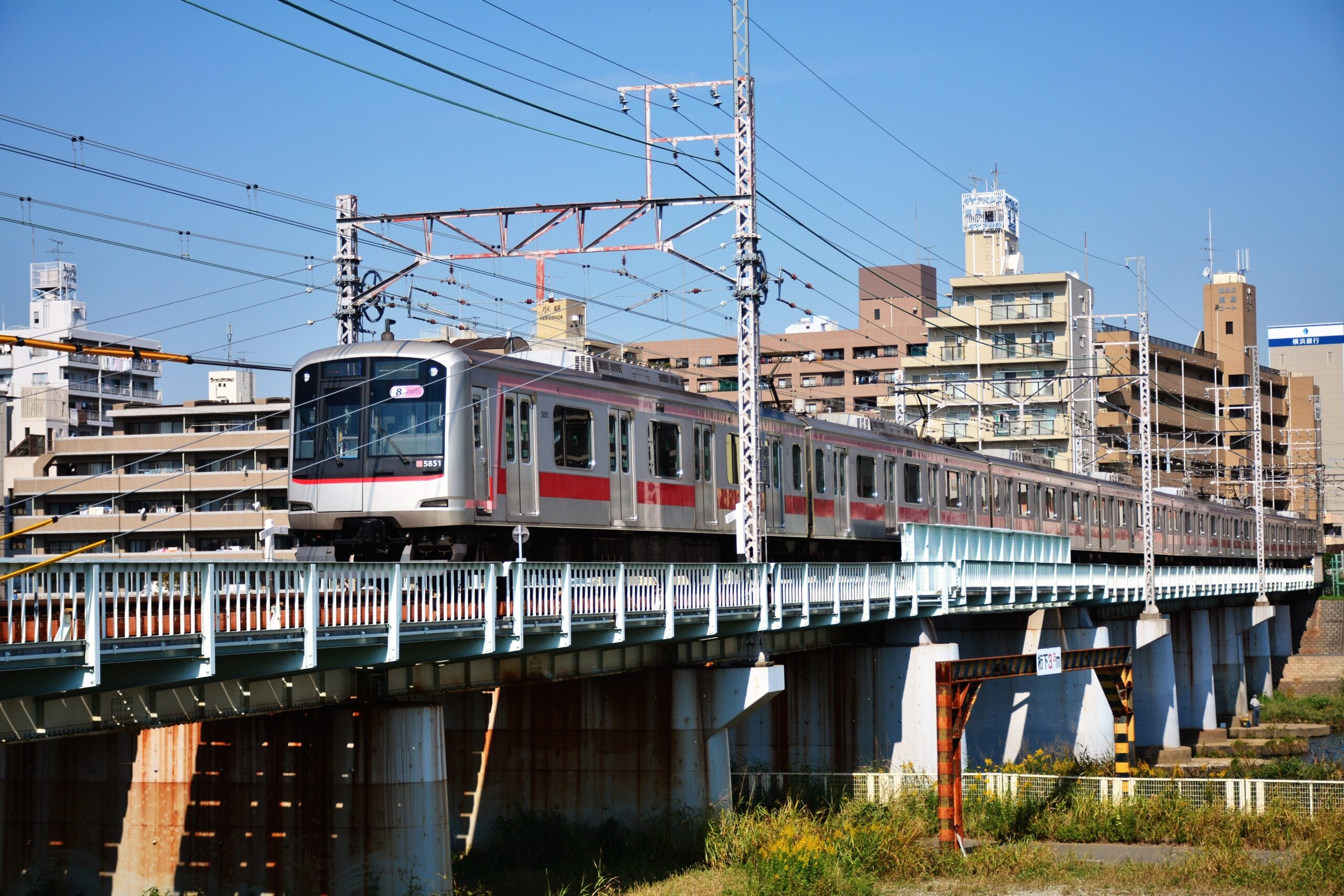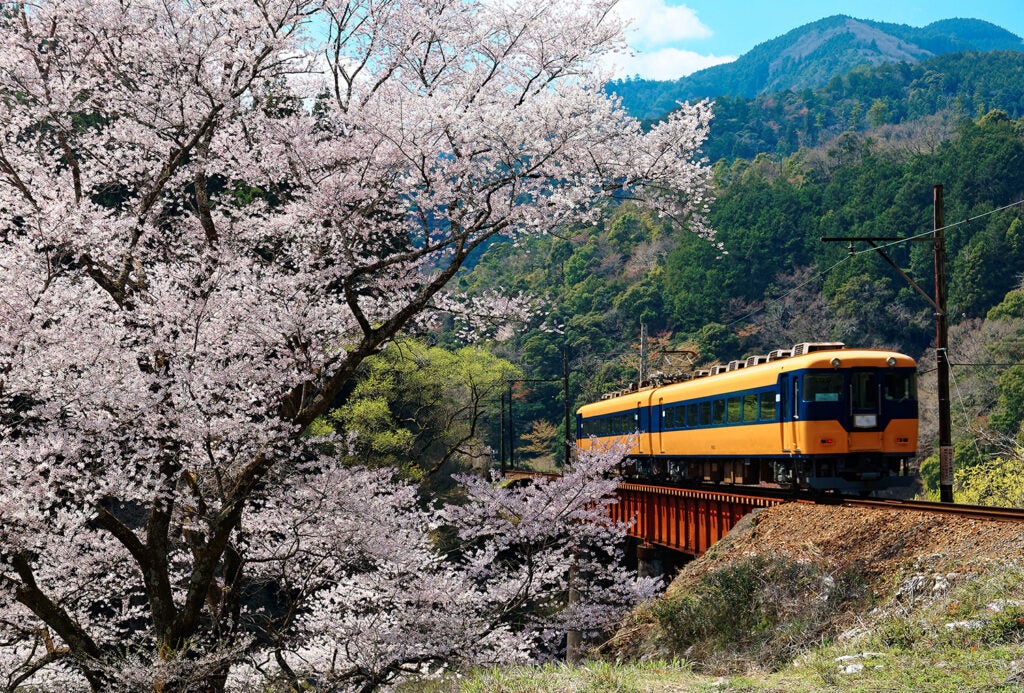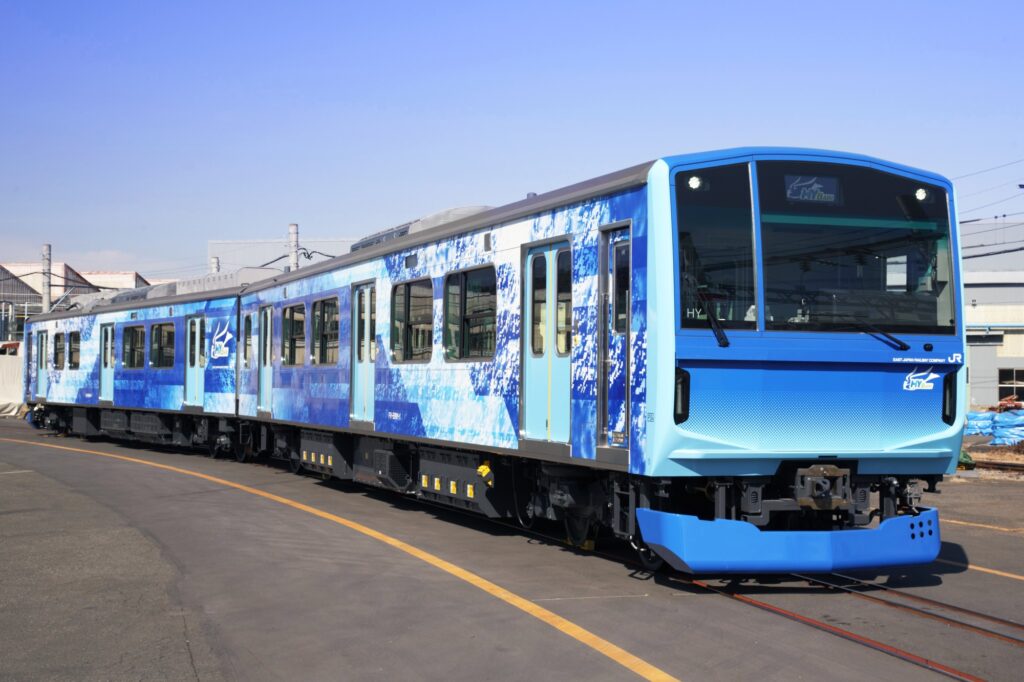
In 2019, Tokyu Railways became the first Japanese rail business to join RE100, a global green energy initiative that brings together hundreds of businesses committed to powering 100% of their operations using renewable sources.
Less than three years on, it has achieved its goal. In April, Tokyu began powering all seven of its train lines and its one tram line using solar, geothermal, and hydropower energy. Clean energy is also being used at all stations to power vending machines, security cameras, and lighting.

Discover B2B Marketing That Performs
Combine business intelligence and editorial excellence to reach engaged professionals across 36 leading media platforms.
The source of Tokyu’s energy has been guaranteed through the purchase of non-fossil fuel certificates issued by local governments Through the Feed-in-Tariff (FIT) scheme, launched in 2018 and approved by RE100, businesses can purchase one of three certificates: non-fossil, green energy, and renewables.
Tokyu has purchased enough renewable energy certificates to power all of its lines and stations throughout the Tokyo metropolitan area, including the capital’s busy Shibuya Station and Kanagawa Prefecture.
All in all, the eight lines covered carry a daily total of 3.17 million passengers. For comparison, in February 2020, a month prior to the widespread outbreak of Covid-19 in Europe, passengers completed 3.79m journeys each day across all of the London Underground’s 11 lines.
A significant step forward for sustainable rail
Rail is already considered to be a relatively low-polluting mode of transport. According to Tokyu, the average journey on board one of its trains results in approximately 180g of CO2 emissions. If these passengers were to make the same journey in a private passenger car, the carbon expense would be up to 1kg higher.

US Tariffs are shifting - will you react or anticipate?
Don’t let policy changes catch you off guard. Stay proactive with real-time data and expert analysis.
By GlobalDataWith an annual ridership of approximately 800 million, this equates to avoiding 800,000 tonnes of CO2 emissions from entering our atmosphere every year. Now, the environmental saving will be even greater, with the operator expecting to cut its rail emissions to zero.
The estimated savings are by no means small. Tokyu claims the CO2 reduction will be equivalent to the average annual emissions of 56,000 Japanese households, approximately 0.4% of Tokyo’s total population.
Yet, some have downplayed the significance of Tokyu’s switch to renewable energy. Ryo Takagi, a professor at Kogakuin University and specialist in electric railway systems, stated that he would not go out of his way to “praise it as great”, pointing to the greater savings that could be achieved by running rural lines on hydrogen power or switching to electric vehicles.
“Rail will likely be the backbone of any future sustainable transport system.“
Dr Gavin Bailey, principal consultant and sustainable transport lead for the independent consultancy firm Eunomia, agrees that there are bigger emitters than rail, but believes decarbonising rail is vital to decreasing the emissions caused by alternative transport modes:
“Rail systems are often amongst the smallest emitters of emissions per capita, compared to road transportation. Therefore, the overall impact on emissions in the city may be small when compared to the emissions from road transportation. That doesn’t mean it isn’t a priority or important to decarbonise rail.
“Rail will likely be the backbone of any future sustainable transport system. It will be integral to a sustainable modal shift from road transportation. Therefore, to maximise the benefits of any modal shift it is important for this mode to decarbonise.”
Setting the pace on Japan’s railways
As the first Japanese rail operator to power 100% of its operations using renewables, Tokyu is setting the pace. However, other operators are also doing their part to reduce the industry’s emissions.
Following Tokyu’s pledge, Tobu Railway – Japan’s second-largest rail operator by distance covered – announced plans to run its special express services between Tokyo and the resort town of Nikko using renewable energy from April. Likewise, in November 2021, Tobu announced the purchase of a new fleet of trains from Hitachi Rail, which will reduce CO2 emissions by up to 40% when deployed in 2023.
East Japan Railway Company (JR East), Japan’s largest rail company, has also insisted that it will boost its use of renewable energy throughout its operations to meet Japan’s pledge to cut greenhouse gas emissions to zero by 2050.
With JR East alone consuming an estimated 5bn KWh across its train operations, stations and office buildings – equivalent to 1.4 million households – the actions of such companies will be crucial to meeting the net-zero target.

What’s causing the delay?
If switching to renewable energy is as simple as purchasing a certificate, what’s holding up Japan’s other rail operators?
According to the Renewable Energy Institute, a Tokyo-based professional and educational body, the issue is caused by soaring demand and lacking supply. By 2030, electricity retailers must procure 44% of their supply from non-fossil sources, while pressure from the public and governments has further increased the demand for renewable electricity among businesses.
But according to the Institute for Sustainable Energy Policies, just 20% of Japan’s electricity is currently produced from renewable energy sources. Until production is increased, much of Japan’s infrastructure will remain reliant on coal, oil, and gas.
There are also infrastructure challenges. While switching to renewables may be straightforward for operators in big cities like Tokyo, those covering rural areas – where electrification typically lags behind – won’t have it so easy.
“As we have seen in areas of the UK, it is difficult or impracticable to electrify parts of the network due to their rurality or physical space available around the lines. In such situations, alternative electrification technologies such as hydrogen fuel cells and batteries show some promise,” Bailey says.
Next stop: hydrogen
Hydrogen fuel cells provide an inherently clean energy source. Producing only heat and water, it causes no harmful impact on the environment. And unlike alternative clean energies such as solar, wind or hydroelectricity, it doesn’t require large areas of land to generate. However, in each case, the efficiencies and inefficiencies of the technology involved must be considered.
“One of the main issues with hydrogen-fuelled systems is the energy required to produce what is known as green hydrogen. When we use hydrogen in fuel cells, hydrogen is essentially the energy storage medium,” Bailey continues.
“Storing electricity in any medium whether it is a battery or hydrogen requires additional energy for each energy unit captured. In the case of hydrogen, the cost of storing each unit of energy is often higher when compared to a battery, and potentially to long-distance transmission lines.
“The net effect of this is a higher energy demand for hydrogen-based systems, compared to alternative options. Therefore, in the context of renewable energy systems, a hydrogen-focused rail system makes achieving a commitment to renewables potentially more difficult.”

The switch to renewables is “just a start” for Tokyu’s sustainable operation, according to assistant manager Yoshimasa Kitano. The commitment comes as part of the operation’s wider plans to rescue emissions to almost half of 2019 levels by 2030 and to zero by 2050, in line with Japan’s emissions targets.
From collecting rainwater to water the green spaces around its stations to installing natural ventilation systems to keep underground platforms cool, and transferring its retired vehicles to other companies to avoid the environmental cost of dismantling, Tokyu is setting a sustainable example for rail operators around the globe.





